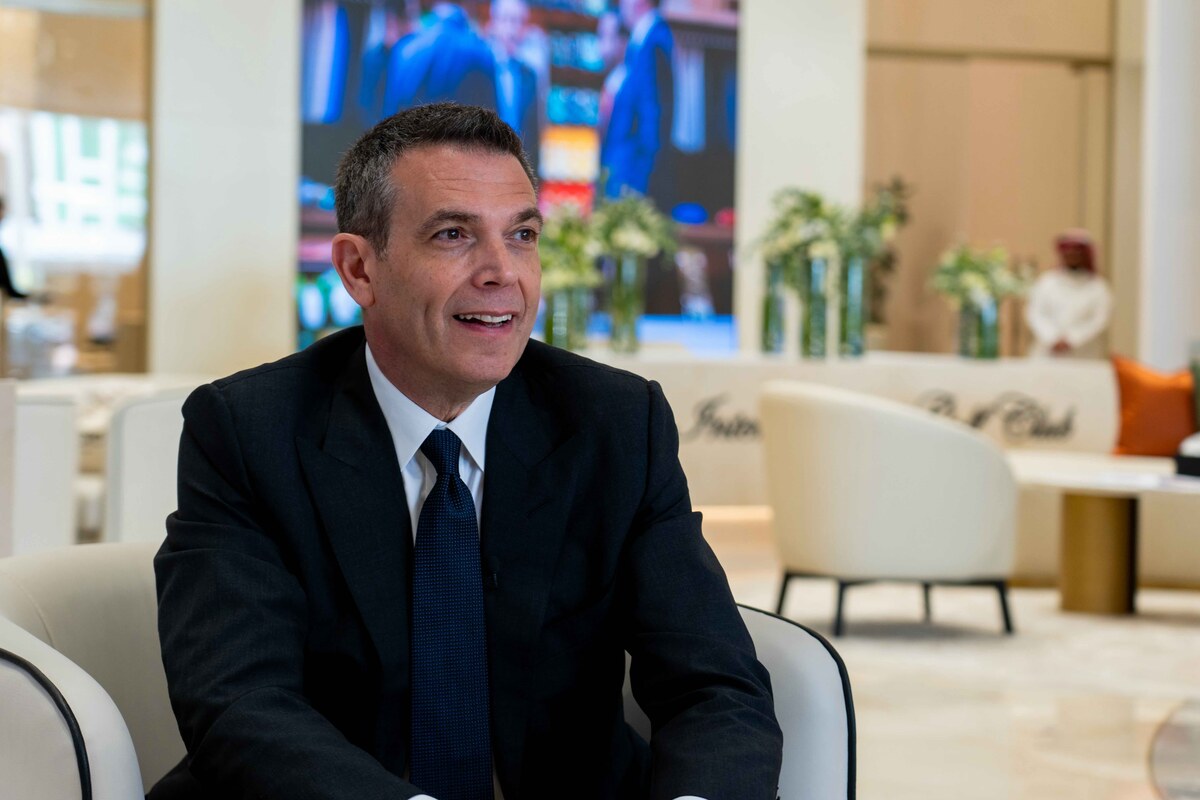RIYADH: Saudi Arabia’s gross domestic product is projected to grow by 1.4 percent in 2024, with an acceleration to 5.3 percent in 2025, according to S&P Global’s latest analysis of emerging markets.
The US-based credit rating agency noted that anticipated rate cuts by the US Federal Reserve will likely benefit emerging markets like Saudi Arabia, which has strong growth fundamentals and increased capital inflows.
Earlier this month, S&P Global emphasized that Saudi Arabia’s economic growth will be supported by its diversification strategy aimed at strengthening the non-oil private sector and reducing dependence on crude revenues.
“Saudi Arabia’s economic transformation is underway. The country is going through an unprecedented period of social, economic, and political reforms, designed to diversify its economy away from hydrocarbons,” the report stated. It further added, “In the next couple of years, these reforms will continue to raise domestic demand indicators, particularly those related to household spending, tourism, and construction.”
The agency forecasts economic growth of 4 percent in 2026, followed by a slight decline to 3.6 percent in 2027. Additionally, S&P Global anticipates an inflation rate averaging 1.8 percent in 2024 and 1.6 percent in 2025. The unemployment rate is projected to reach 4.7 percent this year and 4.4 percent next year.
Emerging markets outlook
S&P Global also predicts strong growth for India, with GDP expansions of 6.8 percent in 2024 and 6.9 percent in 2025. The agency noted that lower oil prices will benefit most emerging markets globally by improving external accounts and lowering inflation.
“While oil revenue provides fiscal benefits for some EMs through state-owned oil companies, most major EMs are net energy importers. Sustained lower oil prices could further accelerate monetary policy normalization across EMs. However, the potential escalation of the conflict in the Middle East could drive oil prices back up in the coming months,” S&P Global warned.
Southeast Asian economies are well-positioned among emerging markets to attract capital inflows, with Malaysia and Vietnam benefiting from electronics exports and foreign direct investment. The report indicated that industrial production in this region is outperforming that of other global areas.
“In Vietnam, manufacturing output grew about 10 percent year over year in the first half of 2024. The sector can be cyclical, however, and momentum may swing if global demand weakens,” it stated.
In Turkiye, the economy is expected to grow by 3.1 percent in 2024 and 2.3 percent in 2025, hindered by high interest rates limiting fixed investment.
S&P Global noted that real GDP growth forecasts for emerging markets, excluding China, remain at 3.9 percent in 2024 and 4.3 percent in 2025.
Potential risks for emerging markets growth
The report highlighted several risks facing emerging markets, including uncertainty surrounding the upcoming US election and its potential effects on trade and fiscal policy.
“More protectionist trade policies could lower trade volumes, raise inflation, and consequently put upward pressure on interest rates, thereby discouraging capital flows to emerging markets,” S&P Global cautioned. It also noted that expansive US fiscal policy could increase inflation and long-term Treasury yields, tightening financial conditions for emerging markets.
The report expressed concern over the high degree of uncertainty regarding the Chinese economy, which poses downside risks for growth in Asia. Escalation of the conflict in the Middle East could lead to increased energy and shipping costs, adversely affecting activity in that region.
OECD’s economic growth projections for Saudi Arabia
In a separate report, the Organization for Economic Cooperation and Development forecasted Saudi Arabia’s economic growth at 1 percent in 2024 and 3.7 percent in 2025. The OECD projected that the global economy will expand by 3.2 percent in both years, a slight increase from 3.1 percent in 2023.
“The global economy is starting to turn the corner, with declining inflation and robust trade growth. At 3.2 percent, we expect global growth to remain resilient both in 2024 and 2025,” stated OECD Secretary-General Mathias Cormann.
The report also predicted that headline inflation in G20 economies will ease to 5.4 percent in 2024 and 3.3 percent in 2025, down from 6.1 percent in 2023. Core inflation in G20 advanced economies is expected to decrease to 2.7 percent in 2024 and 2.1 percent in 2025.
“Declining inflation provides room for an easing of interest rates, though monetary policy should remain prudent until inflation has returned to central bank targets,” Cormann advised. He stressed the need for decisive policy actions to improve spending efficiency and optimize tax revenues.
The OECD indicated that ongoing geopolitical tensions could dampen economic growth by reducing investments and raising import prices. It called for decisive fiscal actions to ensure debt sustainability and create resources for future spending pressures.
“Stronger efforts to contain spending and enhance revenues, set within credible medium-term adjustment paths, are key to ensuring that debt burdens stabilize. Reinvigorating product market reforms that promote open markets with healthy competitive dynamics is essential for fostering stronger, sustained economic growth and alleviating long-term fiscal pressures,” the OECD concluded.























